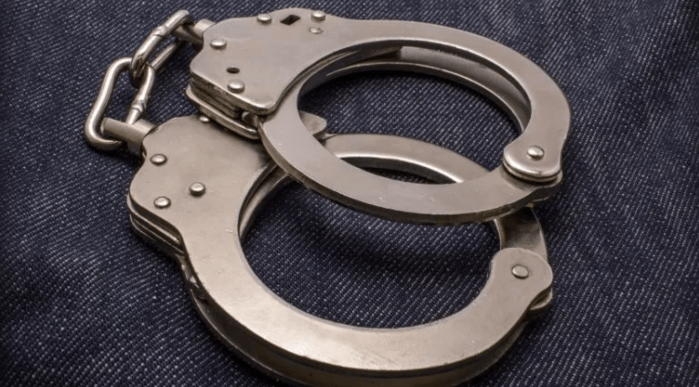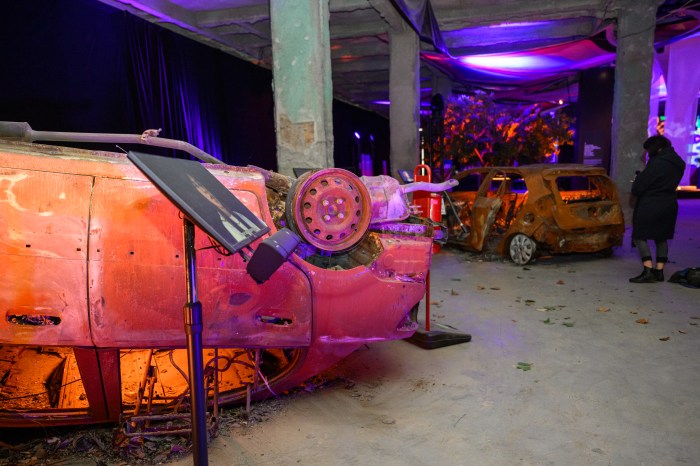Increasing incidence among gay, bi men fuel the rise
A federal Centers for Disease Control and Prevention (CDC) study found that HIV diagnoses in 29 states grew 5.1 percent from 1999 to 2002, with rates among African Americans remaining high, but stable and Latinos and gay and bisexual men showing significant increases.
“The rate among African Americans is high and has remained high at over 50 percent [of total new infections], but between 1999 and 2002 there has been a 26 percent increase among Latinos,” said Dr. Ronald O. Valdiserri, deputy director at the CDC’s National Center for HIV, Sexually Transmitted Disease and Tuberculosis Prevention.
The study looked at 102,590 people who were diagnosed with HIV over the four-year period in 29 states.
African Americans accounted for 55 percent of the new cases while HIV diagnoses increased eight percent among whites. HIV diagnoses among gay and bisexual men increased 17 percent and seven percent among men overall.
The data suggest that it is HIV infections among gay and bisexual men that are driving the increases among all the groups.
“When we look by year, the only risk group for which we see an increase is men who have sex with men,” Valdiserri said. “We don’t see an increase among persons who report heterosexual contact and we don’t an increase among persons who report injection drug use.”
The study reported 43,144 HIV diagnoses among gay and bisexual men over the four-year period. These infections accounted for 42 percent of all new cases.
Looking at HIV “testing patterns” the study authors concluded that the increases resulted from “actual new infections and not merely a greater amount” of HIV testing.
“We do not believe that what we are seeing here is increased testing among men who have sex with men, so it raises the question––Are we seeing more infections?” Valdiserri said. “It continues to raise serious concerns.”
The study may understate the seriousness of the epidemic. New York, California, Illinois, Massachusetts, Washington, Texas ,and the nation’s capital are not included in the data collected. Those seven areas are seeing increases in sexually transmitted diseases and, in some places, HIV infections among gay and bisexual men.
“Excluded from these data are states where we know there are outbreaks,” Valdiserri said.
Activists are greeting the report with concern.
“If that doesn’t sound the alarms then I don’t know what else will,” said Dan Carlson who, along with Bruce Kellerhouse, organized a November 16 town meeting on growing HIV infections among gay men. “We know anecdotally that HIV infections are on the rise in our community.”
Dennis deLeon, president of the Latino Commission on AIDS, offered a number of criticisms including hammering the CDC for releasing the report right before a major national holiday.
“I can’t read their motives, I just know the effect,” he said. “By releasing it so close to Thanksgiving, they are effectively burying the story.”
Valdiserri said the release was timed to coincide with World AIDS Day on December 1.
“It’s being released now because of World AIDS Day,” he said. “We released it so reporters could include it in stories… Data such as these that suggest that new HIV infections might be increasing should be taken seriously by everyone.”
DeLeon said that the data call into question a new CDC emphasis on doing prevention largely among HIV-positive people. It also supports more funding for groups working with African American and Latino clients, he said.
“It shows the folly of focusing so intently on HIV-positive people,” he said. “When we have so many new people becoming infected obviously we need to focus on both ends… We are not investing in African American and Latino organizations that have the closest ties to the community and have the faith of the community.”
——————————————————————–
Duncan Osborne
We also publish:


































